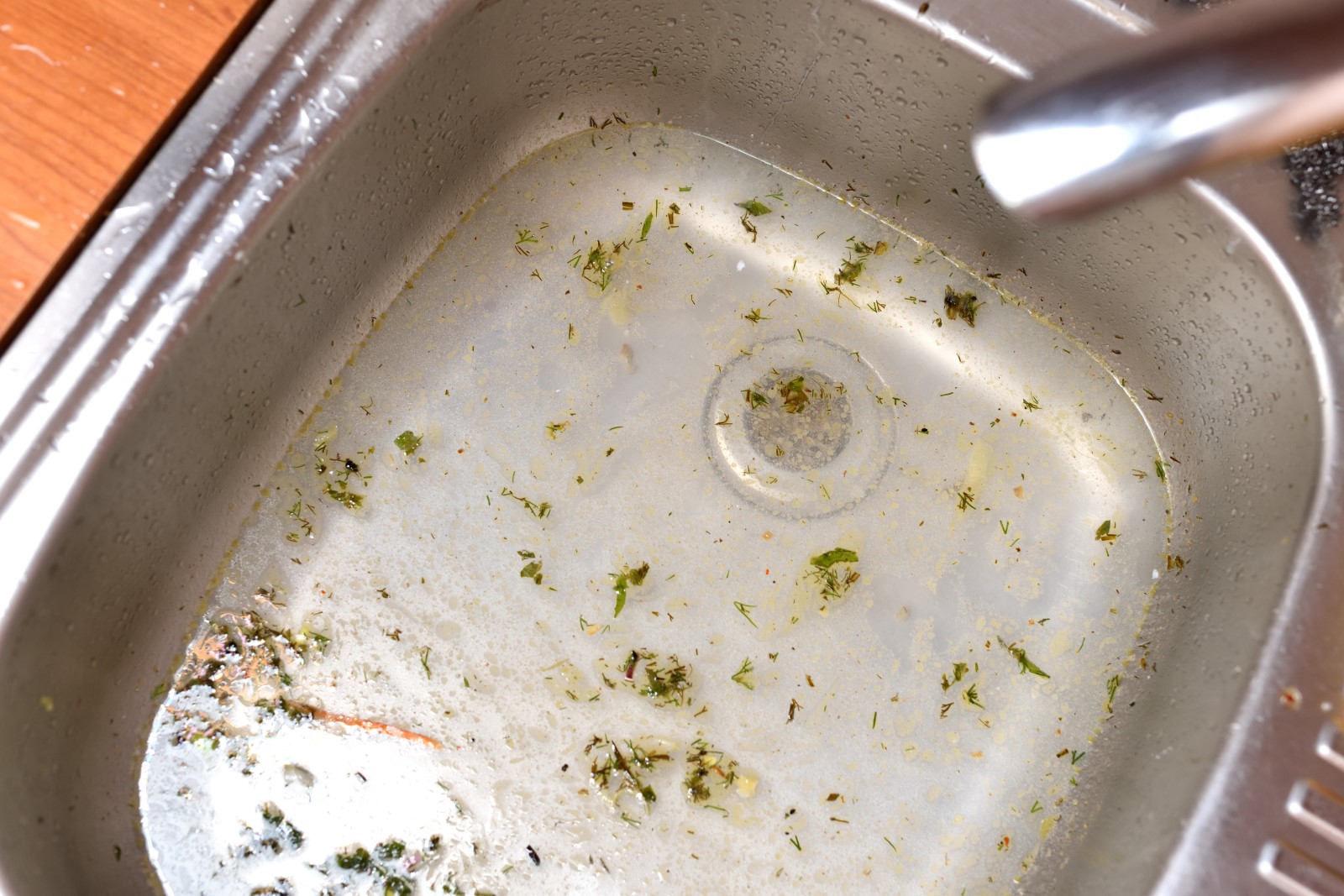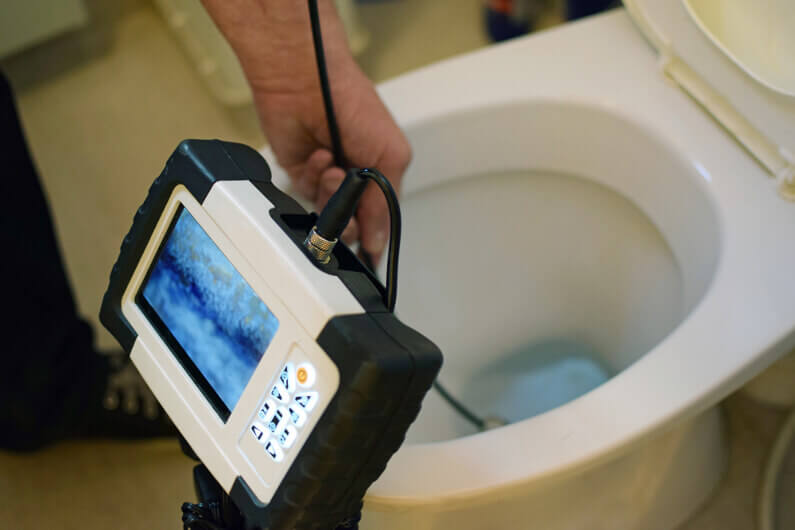Actions to Follow for Fixing a Blocked Drain Before Reaching out to Professional Plumbers
Actions to Follow for Fixing a Blocked Drain Before Reaching out to Professional Plumbers
Blog Article
Have you been trying to locate suggestions about Some easy tips to fix blocked drains?

Introduction
Taking care of a blocked drain can be a discouraging experience, interrupting daily activities and possibly creating damages to your building. However, before connecting to pipes experts, there are steps you can require to deal with the problem yourself. In this guide, we'll explore DIY options and safety nets to take on an obstructed drainpipe properly.
Determining the Issue
The primary step in addressing a blocked drainpipe is acknowledging the indicators. Slow-moving drain, gurgling audios, foul odors rising from drains pipes, or water support up are common indicators of a blocked drainpipe. Recognizing these indicators early can help prevent further issues.
Selecting the Right Pipes Solution
When picking a plumbing service, take into consideration factors such as experience, licensing, and client testimonials. Select a respectable plumbing with a record of quality craftsmanship and transparent prices practices.
Cost Considerations
The price of specialist drain cleaning services can vary depending upon the extent of the clog and the plumber's rates. Request quotes from numerous carriers and ask about any kind of added fees to guarantee openness and avoid shocks.
Security Measures
When trying do it yourself drainpipe cleansing, focus on safety and security. Use protective gloves and eyewear to prevent contact with unsafe chemicals or germs. Never mix different drain cleaning items, as this can create dangerous fumes.
Case Studies
Real-life examples highlight the efficiency of DIY solutions and the value of prompt professional intervention in resolving drain blockages.
Common Sources Of Obstructed Drainpipes
Comprehending the variables that add to drain blockages is essential for effective resolution. Usual offenders consist of hair, soap residue, oil, food particles, and foreign things like sanitary items or paper towels. Tree origins invading underground pipes can additionally trigger significant clogs.
Do it yourself Solutions
For minor clogs, a number of do it yourself remedies can be effective. Putting boiling thin down the drain can aid dissolve grease and particles. Baking soda and vinegar or a mix of salt and cooking soft drink can act as all-natural cleansers. Utilizing a plunger or pipes snake to dislodge obstructions is another choice.
Tools and Equipment
Having the right tools on hand can make DIY drain cleaning a lot more effective. A bettor is a flexible device for clearing obstructions in sinks, bathrooms, and showers. A plumbing serpent or auger can reach deeper blockages, while drainpipe cleaning chemicals can be utilized carefully for persistent blockages.
Preventive Measures
To prevent future clogs, embracing preventive measures is critical. Mount drain guards or filters to capture hair and debris before they go into the pipes. Routinely flush drains pipes with warm water to dissolve grease accumulation, and stay clear of dealing with grease or strong waste down the tubes.
When to Call an Expert
While DIY options can deal with small blockages, particular indications suggest the need for expert assistance. Consistent clogs, foul odors in spite of cleaning up efforts, or numerous drains pipes backing up simultaneously are warnings that warrant experienced treatment.
Verdict
By complying with the tips detailed in this guide, you can properly deal with obstructed drains pipes and prevent future pipes problems. Whether selecting DIY options or seeking expert assistance, punctual action is essential to keeping a healthy and balanced plumbing system and maintaining the honesty of your home.
How to Clear a Clogged Drain Yourself (And When to Call In the Professionals)
What Can Clog a Drain
Dirt Skin flakes Hair Grease Soap scum Food Offset pipes Tree roots Small objects Mineral buildup DIY Tricks to Unclog a Drain
You can fix this! Once you have identified the source of the clog (or have a vague idea), you can try one or a combination of these fixes in order to clear your plumbing.
Wire Hanger or Snake
Untangle and clear out hair from a drainpipe with a homemade snake. Use a straightened-out wire hanger with a 90-degree angle hook to locate the clog and drag out any unwanted material.
Remember not to push the clog further down to where the wire hanger cannot reach! If you need to follow up with a plunger, give it a try. Your efforts might be more successful after it’s been wire-snaked.
If you want to get fancy and don’t have a wire hanger to spare, head to the store and pick up a hand-operated drain snake. You can get one for $10-$30. It may save you the hassle, and provide additional length to reach deep into the clogged pipe.
Plunger
A cup plunger has a suction cup attached to a wooden handle. The rubber creates a seal around the drain, and increases the pressure force of the plunger.
Plunge for 30-second increments to loosen the clog. This may need to be repeated over the course of 15-20 minutes. Once plunged, run the water to flush the remaining material out of the drain.
Remember– never use a plunger if you have used a chemical drain cleaner. These chemicals can splash up from the force of the plunger and cause serious injury or burns.
Boiling Water
Hot water can sometimes break up materials into a flushable amount. Dirt, grease, and soap buildup requires heat in order to unstick from surfaces.
Take your kitchen kettle and heat your water to a boil. Once it reaches a rolling boil, pour it directly down the drain into the blockage. Carefully follow with plunging, if necessary.
Don’t worry if this takes more than one try! It can often take multiple kettles and repeated plunging in order to clear a particularly stubborn clog.
Chemical Drain Cleaner
As a last resort, pick up a bottle of chemical drain cleaner. Drain-cleaning chemicals are potent, and not very good for the environment.
You may need to wear protective eyewear in gloves before handling your bottle of chemical drain cleaner. Follow the instructions printed on the bottle, and flush with water as soon as the instructions allow. Do not follow with plunging.
Baking Soda and Vinegar
As a safer alternative to chemical drain cleaner, baking soda and vinegar can create a chemical reaction that clears tough clogs.
Combine one cup of cleaning vinegar with one cup of boiling water, and set aside. Once you have done this, pour half a cup of baking soda down the drain. Give the baking thirty seconds to settle and cover a large portion of the problem drain.
Following the baking soda, pour down your vinegar and hot water solution. Once the vinegar and baking soda combine, the mixture will bubble and fix. Let this reaction fizzle in the drain for about an hour.
After an hour, follow with a kettle’s worth of hot water. The heat and liquid should flush out any remaining material.
When to Call a Plumber
If your DIY attempts haven’t cleared your clog drain, it’s time to call in a professional. It’s not worth losing access to your kitchen sink or high-traffic bathroom. A clog in a vital area can keep you from the things you’d rather be doing, and derail your routine.
Anytime a clog is causing water to spread is a time to call in a plumbing service. What starts out as a little bit of water can quickly grow into serious, expensive water damage.
Additionally, a serious clog can result in burst pipes or serious leaks. Make sure you know when to take it seriously!
https://myguysnow.com/how-to-clear-a-clogged-drain-yourself-and-when-to-call-in-the-professionals/

As a serious reader on 8 Tips For Clearing A Blocked Drain, I thought sharing that excerpt was a great idea. Sharing is good. Who knows, you could be helping someone out. Thanks so much for taking the time to read it.
Call Today Report this page